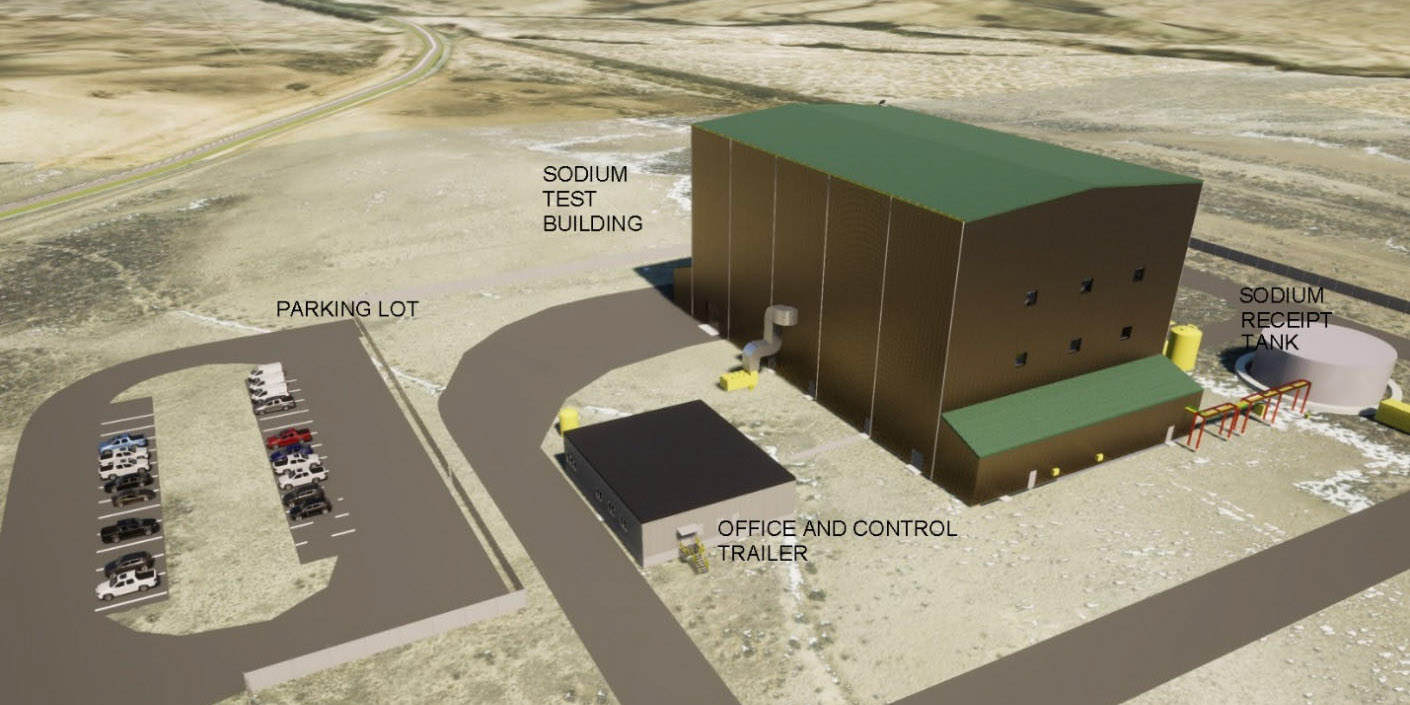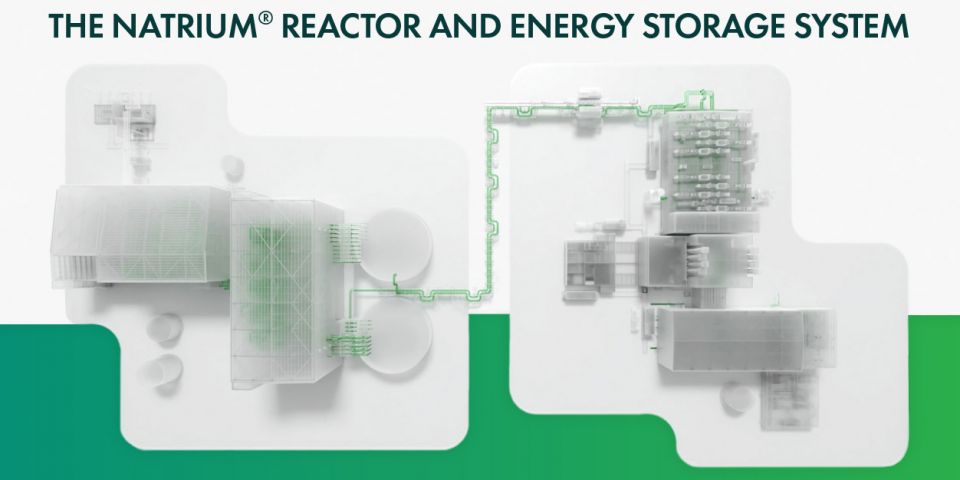Plans for TerraPower’s “test and fill” sodium facility covered in draft EA

The Department of Energy’s Office of Clean Energy Demonstrations issued a draft environmental assessment (EA) in early November for a test and fill facility (TFF) that TerraPower plans to build in Kemmerer, Wyo.—the town selected two years ago to host the company’s first Natrium sodium fast reactor. The draft EA, open for comment through December 1, describes TerraPower’s plans to construct a nonnuclear facility that would safely store about 400,000 gallons of sodium to test coolant system designs and ultimately fill the planned reactor.









